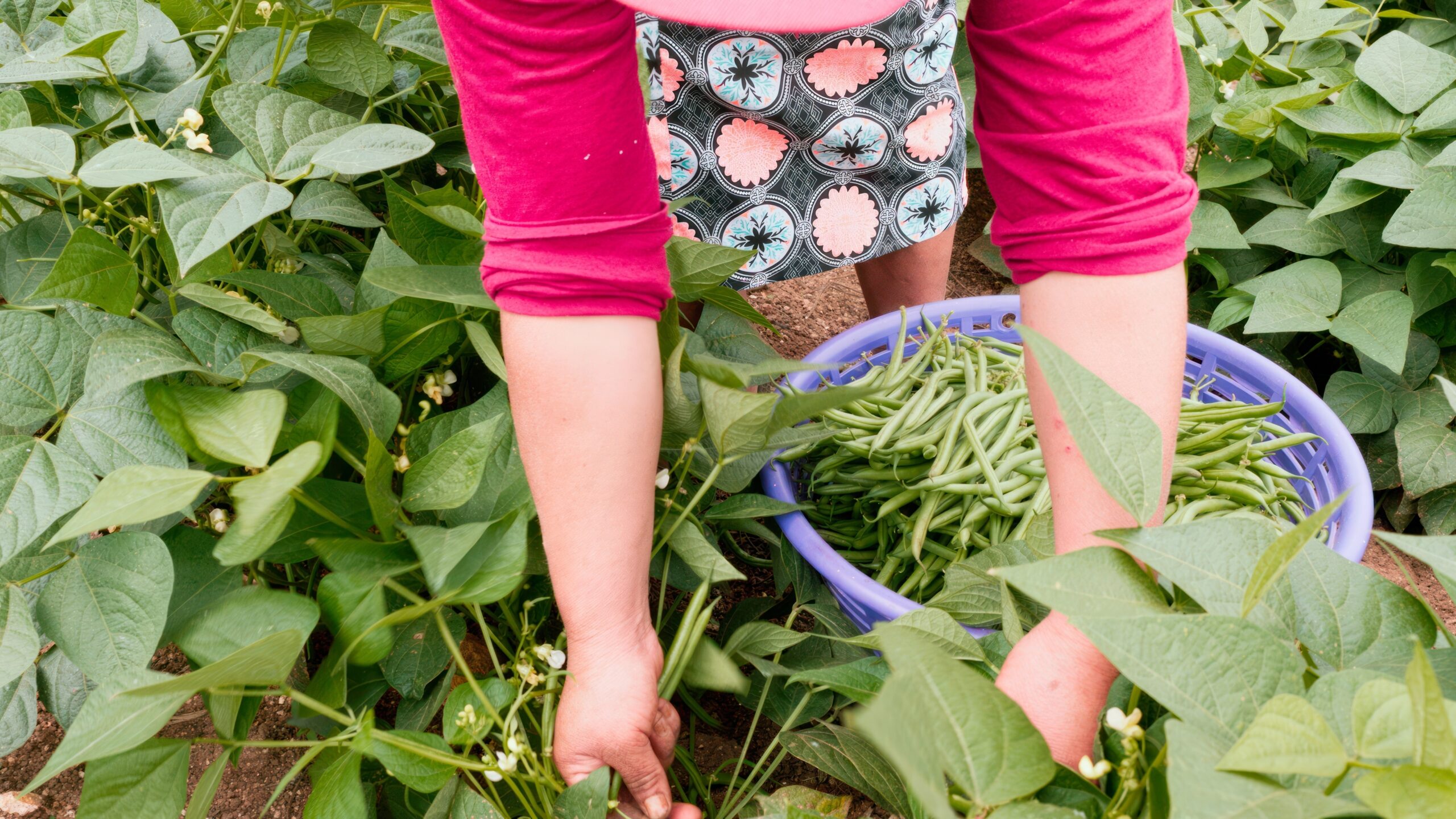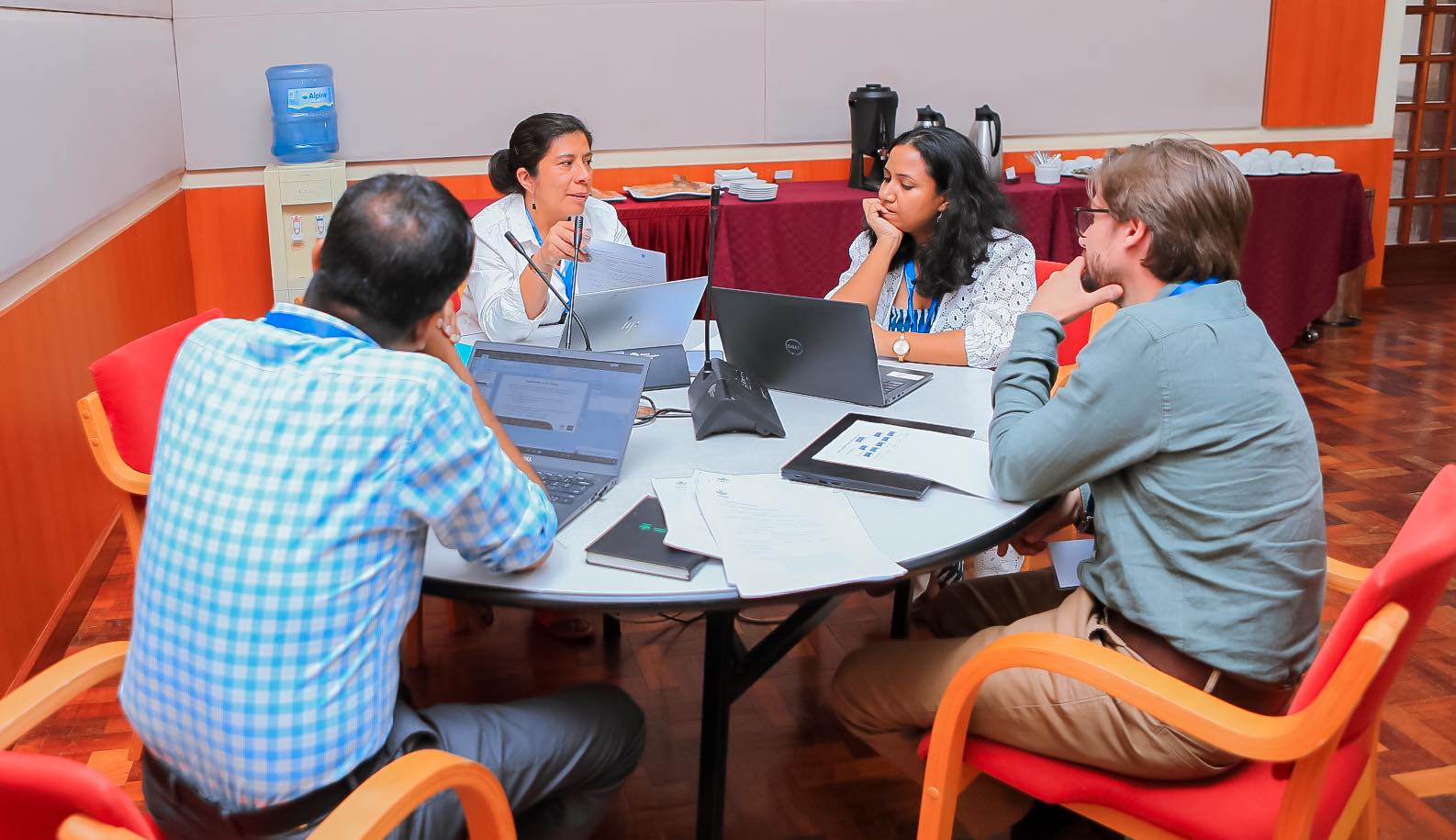Planting trees and perennials (plants that live for two or more years) with food crops is a cost-effective way for smallholder farmers in Sub-Saharan Africa to boost yields and maximize limited resources, says a new Nature article co-authored by IFPRI’s Cindy Cox.
The practice, called perenniation, improves soil fertility, which is one of the greatest challenges facing these farmers.
In many cases, the most ideal way for smallholders to increase their yields is to apply a mix of chemical and organic fertilizer. However, organic fertilizer—such as cow dung—is in low supply and the use of chemical fertilizer alone can deplete soil organic matter.
Perenniation is a low-cost alternative that has already improved the yields, soil, and lives of thousands of farmers in Sub-Saharan Africa.
Unlike annuals (crops that grow only once a year), perennials are hardy plants with deep roots that access more of the soil’s nutrients and water over a longer period of time. They reduce soil erosion, increase the amount of carbon stored in the soil, and produce more biomass. As a result, they improve soil fertility and increase water infiltration and storage, helping farmers to grow more and adapt to climate change.
According to Cox and her co-authors, three examples illustrate the potential of perenniation: evergreen agriculture, the doubled-up legumes system, and push-pull, each one of which offers different benefits. Evergreen agriculture, the most common approach, involves planting trees among crops.
The demonstrated success of these approaches across Africa, the authors conclude, warrant millions in investments, especially if farmers in Africa are expected to feed a population of 1.5–2 billion by 2050.
Read the article, Agriculture: Plant perennials to save Africa’s soils (subscription required), on Nature.com.
Note: Photo was amended. The original photo incorrectly identified groundnuts, which is an annual, as a perennial.







